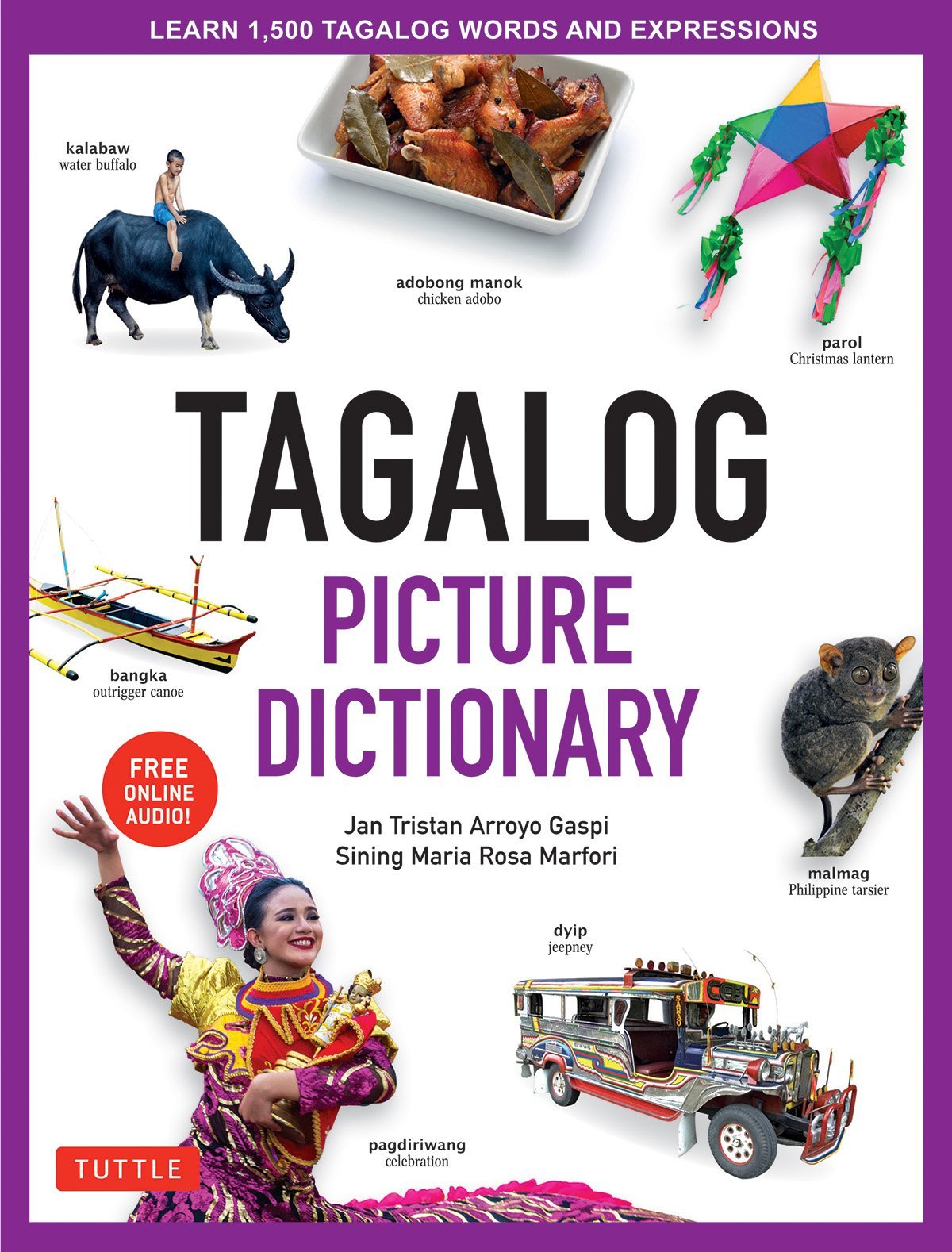
Calderón's English-Spanish-Tagalog Dictionary 1915 (EN-ES-TL), Tagalog Language Vocabulary 1860 (TL>ES), Glosbe - the multilingual online dictionary (MULTI), Glencoe Online - Multilingual Mathematics Glossary (MULTI). LEXIN Norwegian-TagalogDictionary (NO>TL), Filipino (Tagalog) Online Dictionary (TL>EN-NO), Glosbe - the multilingual online dictionary (MULTI), Coronavirus: A Glossary of Terms to Help You Understand the Crisis (MULTI). Glosbe - the multilingual online dictionary (MULTI), Multilingual illustrated dictionary of aquatic animals and plants - 1998 (MULTI), Multilingual Glossary of Common Library phrases (MULTI), Coronavirus: A Glossary of Terms to Help You Understand the Crisis (MULTI). įreelang French-Tagalog Dictionary (FRTL), Small French>Tagalog Dictionary (FR>TL), Glosbe - the multilingual online dictionary (MULTI), Multilingual illustrated dictionary of aquatic animals and plants - 1998 (MULTI). LingvoSoft Online English-Tagalog Dictionary (ENTL), English>Tagalog Glossary of Key Election Terminology - 2008 (EN>TL), English>Tagalog Glossary of Social Security Administration Terminology (EN>TL), Large Tagalog Dictionary (TL>EN). In these words, we not only learn meanings and usage but in them, we get a glimpse into the pre-conquest Philippines and the culture of Filipinos at the Spanish contact.Glossary of Mental Health Terms - 2006 (AR-BOS-EN-FA-HR-TL), TWB - COVID-19 Glossary (AR-EN-SW-TL-VI-ZH), Glosbe - the multilingual online dictionary (MULTI), Glencoe Online - Multilingual Mathematics Glossary (MULTI). Antonio Pigafetta did not just leave us with a narrative of the Magellan expedition and the first voyage around the world, he noted down words he heard in Cebu in 1521. I hope we will have a historical dictionary of Filipino, like the Oxford English Dictionary, that traces the changing meanings of a word through time.ĭictionaries can also be considered primary source historical documents. Christ was not gay or cowardly, rather he was “confused.” Nabacla by the way was also used to describe rawness from scratching. In the Pasiong Mahal, nabacla was used to describe Christ agonizing in the Garden of Gethsemane.

Otot was defined as a fart, a word with a bad sound, and the example provided was “para cang otot lamang sa kanya” (you are only a fart to him).Bacla (today spelled bakla) did not originally refer to a gay or effeminate man or boy. In one vocabulario the usage given was: “nananangongot ang demonio sa aquin,” (the devil is giving me nightmares), “binangongot ng demonio ang asaua ni Pilates” (the devil gave Pilate’s wife a bad dream), “nabobongongotan aco mandin nang pagsonod cosaiyo” (my following you is a nightmare). Bangongot meant a bad dream or a nightmare. Some dictionaries preserved how words were used, sometimes even clips of poetry now lost to us. Going through early Tagalog vocabularies (and those of other Philippine languages) shows us how language and meanings developed. Surprisingly, in old Tagalog, a distinction was made depending on the age of the woman: puqui referred to a mature woman’s private parts puquiqui (pars verenda puellae) referred to the member of a girl while puquingquing referred to the genitals of a female infant or child. Puqui was translated as “Pars vaerenda mulieris verbum turpissimum” (Female member, a very bad word). In addition, it did not teach the natives the vulgar Spanish equivalent. Latin made the definition sound scientific. Otin, for example, was rendered as “membrum virile, verbum inhonestum” (male member, a dishonest word). While almost all Tagalog words had their Spanish equivalent, anatomical terms were rendered in Latin. This vocabulario, like many before it compiled by religious in 16th and 17th centuries, or the early years of the Spanish contact, were uncomfortable with anatomical terms. The book provided hours and hours of fun. 4.0 out of 5 stars Comprehensive dictionary. Half the book was printed on sturdy white paper, the remainder in inferior paper that crumbled with rough handling. All in all, Ive seen many Tagalog-English (or English-Tagalog) dictionaries and this is by far the best and the most comprehensive one. This was probably the first rare Filipiniana I held in my hands, and it looked really old being bound with pig-skin covers. Santos) and Diksyunaryo Tesauro Pilipino-Ingles (1969) by Jose Villa Panganiban, I discovered the 1860 Vocabulario de la Lengua Tagala compiled by the Jesuits Juan de Noceda and Pedro de Sanlucar.


After leafing through the standard references: Vicassan Pilipino-English Dictionary (1978) compiled by Vito C.


 0 kommentar(er)
0 kommentar(er)
